Ministry Team
Associate Priest & Locum Tenens
The Reverend Melissa Conway
Associate Priest
Melissa lives in Highfields, and ministers across the whole Parish of St James Toowoomba, including both St Anne's Church in Highfields and St James' Church in Toowoomba.
Melissa regularly offers services in English on Saturday evenings and Sunday mornings, as well as mid-week at St James’ and St Anne’s. Melissa works from the office in Highfields as well as the Parish Centre in Toowoomba. She also offers services at several aged care facilities. She is available for pastoral calls and visits, supported by a caring team of lay pastoral visitors.
Melissa is on the Diocesan Council, Angligreen Committee, Toowoomba Interfaith Working Group and the board of the Movement for the Ordination of Women (MOW).
Melissa writes, “prayer is the beginning and end of what we do as people of faith. As well as praying for our faith communities, I pray for the people of the communities of Toowoomba, Highfields and surrounds, and for God’s kingdom of love, peace, justice and reconciliation to continue to become manifest in our world.”
Phone 07 4639 1858 | Mobile 0411 255 072
Assistant Priest
The Reverend Peter Mayen
Assistant Priest
Peter commences as our part time assistant priest in January 2026, following several years serving the parish in an occasional capacity. He has a special ministry to the South Sudanese Anglican community in Toowoomba, offering a weekly service in the Dinka Language, as well as wider pastoral care for the South Sudanese community in Toowoomba, across denominations.
Peter regularly offers services in English on Saturday evenings and Sunday mornings at St James’ and St Anne’s. During the week, he is a chaplain at the Toowoomba Base Hospital.
Peter was born in South Sudan and was accepted for immigration to Australia. His family includes his wife, Rachel, and their six children.
Phone 07 4639 1858 | Mobile 0469 628 997
Assisting Clergy
REVEREND GARTH SHAW
REVEREND DAVID SNAPE
REVEREND BEV THOROGOOD
REVEREND JOHN PRYCE-DAVIES
















